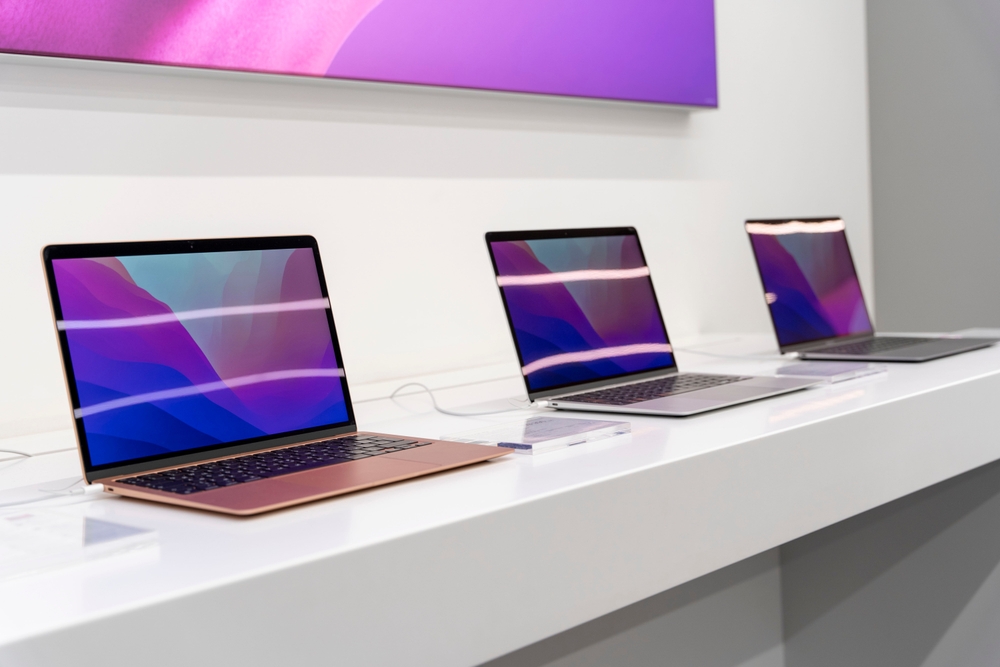The market for laptops is vast and varied, catering to all walks of life, from the budget-conscious student to the tech-savvy professional who requires the latest in processing power. A frequent question arises when consumers stand before a dizzying array of options: Are budget laptops genuinely worth the savings, or should one aspire towards a premium model?
Performance and Specifications
A primary differentiator between budget and premium laptops is performance. When it comes to specifications, a budget laptop typically houses entry-level processors like Intel’s Celeron or AMD’s Athlon, often paired with minimal RAM and relatively small-capacity hard drives. These machines are designed for basic tasks such as web browsing, word processing, and video streaming. If your computing needs align with these functionalities, a budget laptop might just serve your purposes well.
Premium laptops, on the other hand, usually boast more powerful processors like Intel’s Core i7 or Apple’s M1 chips, greater RAM capacity, and SSDs with much more storage. The increased performance means that they can handle more resource-intensive tasks such as video editing, software development, and gaming. If your work or hobbies require substantial computing power, investing in a higher-end model could prove more effective in the long run.
Yet, it’s crucial to assess your expected usage realistically. If your undertakings are primarily lightweight, opting for a budget laptop can fulfill your requirements without incurring unnecessary costs on unneeded specifications.
Screen Quality and Design
Screen quality is another notable area where budget and premium laptops diverge. Budget models typically come with lower resolution displays, commonly at 1366×768 pixels. Colors may appear less vibrant, and viewing angles might not be as wide or as flexible as those on a premium laptop. If work involving photo editing or consuming visual media is paramount, a high-resolution display is indispensable.
Conversely, high-end laptops often feature screens with Full HD (1920×1080), 4K resolution, or even OLED options that enhance color accuracy and contrast ratios. Such displays make a tangible difference for creative professionals and gaming enthusiasts who depend on a rich visual experience.
In terms of design, budget laptops are often built with cost-effectiveness in mind. They might feature more plastic components and a more conservative design approach. Premium models tend to offer sleeker, lightweight builds crafted from materials like aluminum or carbon fiber, providing a more modern and polished aesthetic.
Durability and Build Quality
Durability is an essential factor when selecting a laptop, as it impacts both the lifespan and reliability of the device. Budget laptops are often made from less expensive materials, which can affect their overall robustness. Hinges may be less sturdy, and the chassis might be more susceptible to wear and tear over time.
Conversely, premium laptops are usually built with more durable materials, crafted to withstand regular commuting, travel, and other conditions. Features like reinforced frames, spill-resistant keyboards, and Corning Gorilla Glass displays are standard in this tier, enhancing durability and longevity.
Ultimately, if you anticipate frequent travel with your laptop or a regularly hectic schedule, the rugged construction of a premium laptop could be a beneficial investment in the long term.
Longevity and Future-Proofing
When considering the purchase of any laptop, future usage and longevity should play significant roles in the decision process. Are you looking for a machine that will last just a couple of years, or is a longer-term investment more advisable for your needs?
Budget laptops can be quite limiting in this respect. As technology advances rapidly, entry-level hardware can quickly become outdated. Machines in this category are often not designed for easy upgrading, meaning a lack of RAM or storage space can become a bottleneck that limits their lifespan.
Premium laptops, while more expensive initially, frequently offer superior prospects for future-proofing. They may include more accessible configurations for upgrading components like RAM and storage. The initial higher investment might save you from needing to purchase another laptop in a few short years due to obsolescence.
Software Compatibility
The type of software you plan to utilize should also be contemplated when choosing between a budget and premium model. High-tier software for graphic design, video editing, and engineering usually demand robust hardware. A budget laptop, while possibly running such software in a constrained capacity, might not provide the best user experience.
Premium laptops often come equipped with the necessary resources to run demanding software smoothly, making them better suited for professionals in those fields. Additionally, the extended support from companies like Apple or various premium Windows laptop manufacturers means users can continue to work on the latest software versions without concern for compatibility issues.
Battery Life
Battery life is often a crucial consideration for individuals who frequently move between meetings, work sites, or academic settings. Budget laptops tend to offer standard or reduced battery life due to less efficient components, often needing more frequent charging throughout the day.
In contrast, premium laptops frequently include optimized battery management systems and energy-efficient hardware, often extending a full day’s use on a single charge. For those who need their laptop to function away from outlets for protracted periods, the investment in a device with substantial battery life can be invaluable.
Customer Support and Warranty
Access to reliable customer support services and extensive warranties is frequently better with premium laptops. Companies usually attach added value services to pricier devices, offering comprehensive customer service options and longer-lasting warranties. In cases of technical issues or malfunctions, customers with premium laptops tend to experience quicker and more effective resolutions.
Budget models may come with more limited support and shorter warranties, potentially leading to additional costs should something go wrong. If after-purchase service is a critical factor for you, this is something to strongly consider.
Environmental Impact
While often overlooked, the environmental impact of a laptop purchase can be an important factor for eco-conscious consumers. Premium laptops are frequently made by companies committed to sustainable practices and are constructed with more environmentally friendly production methods. Moreover, their longer lifespan means less frequent replacement, thus reducing electronic waste.
Budget laptops, while less environmentally forward in production, are not necessarily the wrong choice, yet they may require more frequent replacement over time due to their shorter life cycle, adding to electronic waste issues. Opting for a budget-friendly model from a company that adheres to sustainable practices can be a happy medium for the environmentally minded buyer.
Choosing between a budget laptop or saving for a premium device ultimately comes down to how you prioritize these factors alongside your personal budget. Both options have their merits, and the decision must be based on balancing performance needs, aesthetic desires, expected longevity, and financial realities. By weighing these considerations carefully, you can make an informed choice that aligns best with your specific circumstances and expectations.



